
In an interesting linguistic study published in June, Tyler Schnoebelen of the language data company Idibon looked at hundreds of languages and evaluated them against one another according to 165 features shared by at least 100 languages. What he came up with was a “Weirdness Index” — downloadable here — that ranks 239 languages according to how odd they are, i.e. how different one is from the others. (Perhaps a better word would be “distinct.”)
With all that said, this is still surprising, as noted by the SCMP: standard Mandarin is among the 25 “weirdest,” while Cantonese was among the 10 “least weird.”
Explain, please.
Unlike Cantonese, Putonghua has “uvular continuants” and some limits on “velar nasals” (as in the ng sound), which are features considered rare worldwide, said Schnoebelen. This could have contributed to its higher ”weirdness“ values.
In an e-mail to the South China Morning Post, Schnoebelen further explained:
An example of a “uvular continuants” in Mandarin would be something like “和” [often pronounced as hé, meaning "with"]. Mandarin is one of only 12 out of 567 languages that have a uvular sound but it is only a continuant – a continuant has continuing airflow. Cantonese doesn’t have any uvular consonants at all.
Please note, once again, that the study compared languages to one another, as opposed to, say, the sound of a violin, or the soughing of wind, the metronomic patter of rainwater off scuppers, or the tintinnabulation of Eastern European chapel bells. If the mellifluousness of langauge were the criteria, we can only assume that Cantonese would have come in dead last — deader than a trilobite, laster than zyxt in a dictionary – where it belongs.
No offense, Hong Kong friends.








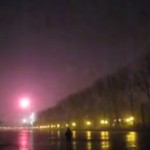








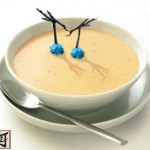

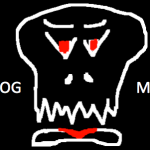

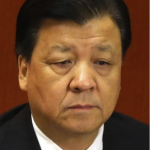
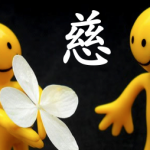




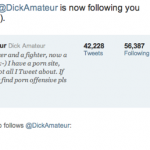

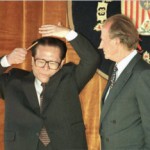



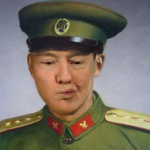

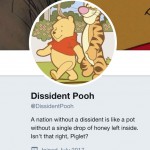
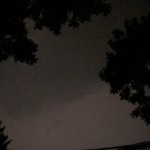


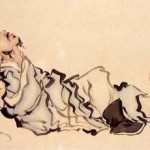

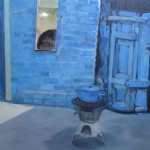

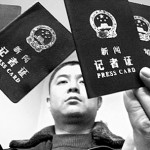





looking at the excell file, the languages compared are not 239, but over 1,600.
cantonese has a lot of words that sound similar to sinokorean words, for example.
Very misleading, reasons as follow
Mandarin was not at top at all, rank 153 out of 1694. German, Swedish, and Dutch were ranked higher than Mandarin. Most of the languages in the list were rare languages, it’s like comparing apple and oranges.
Antonio, herein lies the irrefutable response: Cantopop.
Also: I’m next to positive (without search-engining) that your graphic is a made-up word used to sell something and not a real Traditional Chinese word.
Sorry, but to say Cantonese that, correct me if I’m wrong, has been around a lot longer than Mandarin, is comparable to a (insert fancy random-dart-thrown-at-dictionary/thesaurus.com demeaning allegory here) is, well, what I can say, slightly presumptuous just a bit? 6 (7,9?) tones compared to 4; wonderful musical, jimpy-jumpy musical rhyming dialogue that could have been China’s standard if it wasn’t for that one vote…(again, correct my history if I’m wrong. And another thing… (I can hear Douglas Adams shifting amid the dim sum as I type) what’s with the biang?
The “one-vote” thing gets repeated all the time — often of different languages; I first heard it of Shanghainese — but is not at all true.
Cantonese hasn’t been around longer than Mandarin, per se, but it’s less weird than Mandarin in terms of its evolution. The number of tones is the result of a tone split that happened based on Middle Chinese voiced/voiceless consonants — this happened in other Chinese languages, too. The result is a total of six contour tones in modern Cantonese: sometimes you’ll see higher numbers, but that’s just because some people count 入声 words (which have the same contours as other tones, but have final -p/-t/-k obstruents) separately.
You are right about the ‘biang,’ though — c’mon, guys, that’s Northwestern.
Interesting stuff – but isn’t Mandarin a mixture of Manchurian and Mongolian (and possibly other languages) that was standardised by Yong Zheng during the Qing Dynasty? Not sure if that justifies my “Cantonese is older” argument per se, though I’ve also always been under the impression that classic Chinese literature/poetry – regarding the characters used – is more tuned for Cantonese with regards to pronunciation, rhyming and understanding. Again, just the route I’ve taken in my Chinese learning and I know Brendan that you’re much more the expert in this field that me. But hey; what can I say – I love a bit of Beyond and some cheesy Hong Kong lyrics – 黄家驹万岁!
No, Mandarin (or rather, Early Mandarin) far predates the Qing dynasty — at least as far back as the Jin and Yuan dynasties. It’s certainly a weirder language than other Chinese languages, in large part because it had to function as a koine for speakers of other Chinese languages, but it’s still a member of the family, whereas Manchu and Mongolian are members of the unrelated Altaic family.
Anyway – without getting too nerdy about it, Mandarin is the least conservative of the Chinese languages. Cantonese has undergone its own evolution since the Tang/Middle Chinese period, so it’s not like Du Fu would’ve been able to kick it with Andy Lau, but it does retain some things that Mandarin threw overboard. Then again, so do the other Chinese languages, which mostly branched off from Middle Chinese as well. (The Min group is older, which might go some of the way toward explaining why it’s so damn weird.)
In any event, the real point here is that Beyond is awesome. 海闊天空 used to be one of my go-to KTV songs.
海阔天空 is indeed epic. My apartment with filled with the sounds of Beyond for one whole day on June 30th this year – the 20th anniversary of Wong Ka Kui’s death. Sad times indeed!
i speak mandarin cantonese and shanghainese and by far… cantonese is the weirdest imo.
More Tones Necessitates More Screaming.
*sigh
Cantonese sounds much less “sing songy” and screechy than Mandarin does. If you look at the tone contours of the two languages, Mandarin’s tones contain a lot more fluctuation than Cantonese ones. Whilst Cantonese preserves all 8 Middle Chinese tones (+ splits an extra entering tone), it really has 3 tones and 3 pitches (tones 1, 3 and 6 are just flat notes with no contours. Tones 7, 8, 9 are not extra tones but represent the entering tones of Middle Chinese which are shorter and contain a stop consonant at the end)
Cantonese sounds much less “sing songy” and screechy than Mandarin does. If you look at the tone contours of the two languages, Mandarin’s tones contain a lot more fluctuation than Cantonese ones. Whilst Cantonese preserves all 8 Middle Chinese tones (+ splits an extra entering tone), it really has 3 tones and 3 pitches (tones 1, 3 and 6 are just flat notes with no contours. Tones 7, 8, 9 are not extra tones but represent the entering tones of Middle Chinese which are shorter and contain a stop consonant at the end). In summary, Cantonese only contains 3 real tones and 3 pitches, all of which exhibit much less fluctuation than Mandarin. Mandarin is only perceived to be more beautiful because it was promoted to China’s lingua franca (and there is a great cultural and social esteem attached to that), but for historical and phonological reasons, Cantonese is a much more beautiful language.
The author reveals himself to be a very superficial person. What is considered beautiful is nothing but a social and cultural construct which changes over time. This applies to our auditory as well as visual perception of beauty. In today’s society, languages which sound similar to French and English are perceived as beautiful whereas those which sound “odd” and different are not (which is why non-tonal Asian languages such as Japanese and Korean are generally thought of to sound more pleasant to the ear than languages such as Chinese and Vietnamese). 1000 years ago Middle Chinese was considered the most elegant and beautiful language of the time and it sounded a lot like Cantonese and Hakka.
Does the author even speak Cantonese? lmao